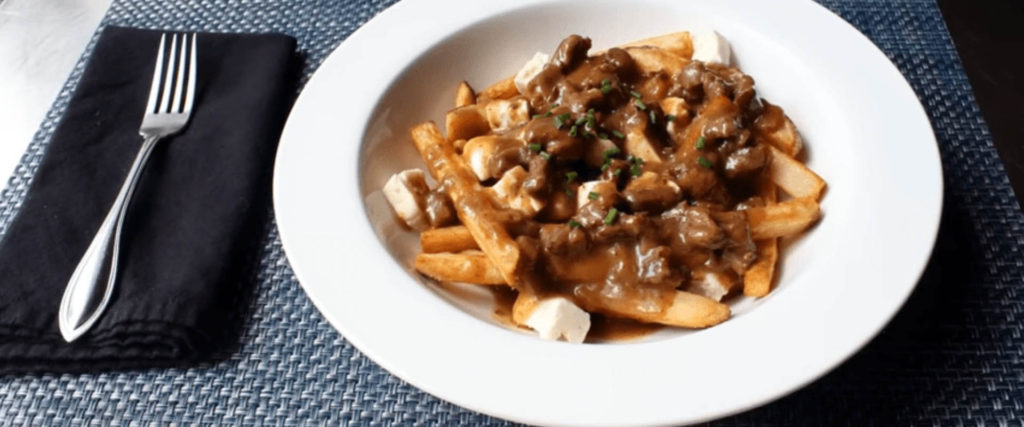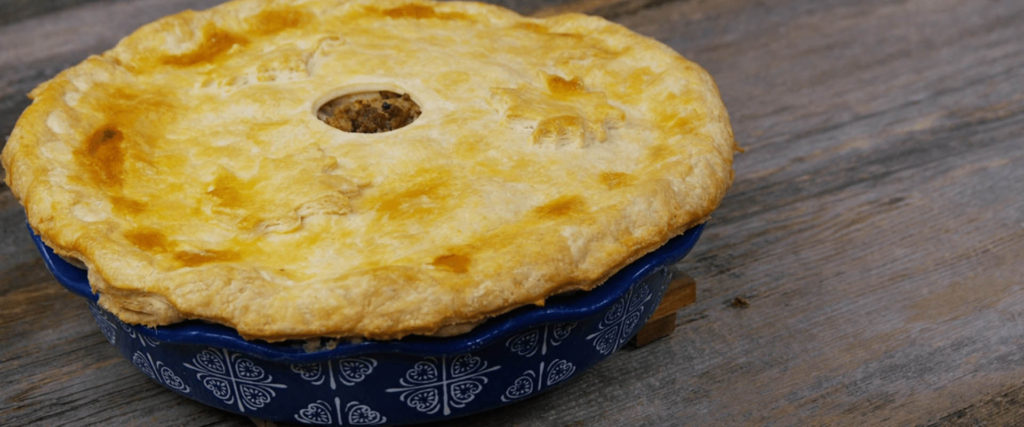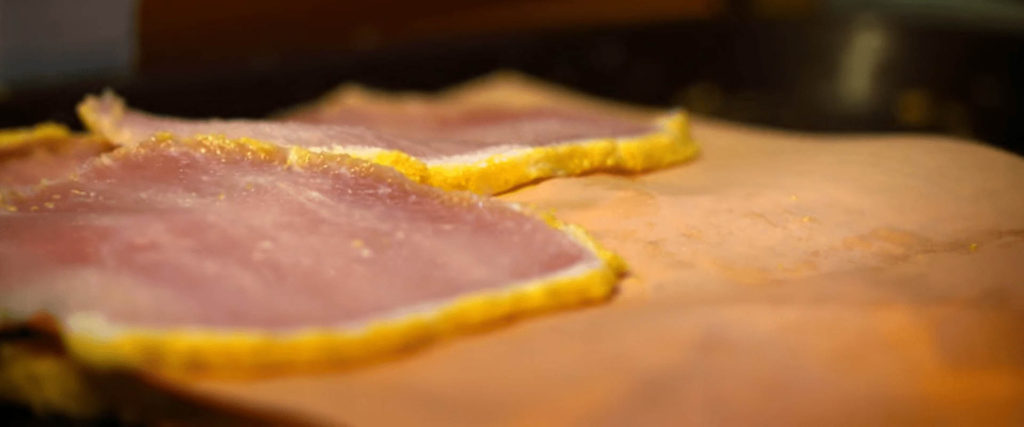It’s the second largest country in the world and most of its vast terrain is uninhabited. Imagine the silence: imposing mountains, forests, glaciers, pristine lakes, bears and sequoias. Without a doubt Canada is an intriguing mystery waiting for those who live on the other side of the planet to explore.
A country of many different cultures in which the language, customs and heritage of indigenous nations sit side by side with those of British, French, Scottish and Asian immigrants, its major cities are as cosmopolitan as one would expect. Ottawa, Quebec, Toronto, Montreal and Vancouver all have their own attractions and unique gastronomic heritage.
There’s no better way to get to know a country than through its food, but what are the flavors of Canadian cuisine, what are its iconic dishes? How can we combine Canadian cuisine and Argentine wine?
Agriculture is of course a major industry: Canada is the world’s largest producer of wheat, and also exports rice, soy, peanuts and barley. It produces 80% of the world’s maple syrup supply as well as linseed, canola, blueberries and mustard (strangely enough, most of the world’s mustard comes from these northern lands) and also boasts an abundance of different meats, fish (especially salmon) and vegetables.
Many of the most popular dishes of Canada have been influenced by the aforementioned mixture of cultures as well as its regional differences. Here we introduce you to a few and also suggest a few Argentine wines that might go well with these sumptuous Canadian delicacies. So, read on for a guide to Canadian cuisine and Argentine wine.
Canadian cuisine and Argentine wine
Canada’s most famous product is maple syrup (maple trees are so important to the nation that a leaf features on the flag); while salmon (although many other species thrive in the country’s seas and lakes including tuna, halibut, and seabream) is perhaps the most popular ingredient in local kitchens, especially in British Columbia.
Beef, garden vegetables, corn and milk-based products (especially cheese) are also staples. So what Argentine wines will go well with such a mix? Here we take a look via some iconic dishes and pair them with Argentine wines for a harmonious match-up between north and south.
Peameal. Ordinary bacon is made from pork belly, but Canadian bacon is from the leaner flank and then coated in cornflower. Traditionally, yellow peas were used, hence the name. It forms the backbone of one of Toronto’s most famous sandwiches.
According to José Luis Fernández, who was named Ontario’s Best Sommelier in 2019 and is an expert on Argentine wine: “The vibrant natural acidity of Pinot Noirs from Patagonia can cut through the intensity of peameal while the fresh and ripe red fruit flavors and savory elements will complement the dish’s complexity.”

Poutine. Originally introduced by French immigrants, this is now a traditional French dish: French fries covered in hot sauce and cheese. No Canadian meal can be complete without it and several festivals are held in its honor.
For this popular, spicy dish, Liz Luzza, another expert on Argentine wines, says that: “Torrontés, a native grape, especially those from the Calchaquí Valleys in the northwest of Argentina, are a very interesting match thanks to their freshness and character.”

Tourtière. A kind of meat pie, this dish’s origins date back to when Quebec was a French colony although today it is common all over Canada. The pie has two basic ingredients: a pastry base with a filling of diced pork, beef and bacon mixed with potatoes, onion and celery. Not dissimilar to the carne a la masa one finds in Mendoza, it is then covered with pastry and baked in the oven.
José Luis Fernández returns with the following Canadian cuisine and Argentine wine pairing suggestion: “This dish is generally made with a mixture of different game so it will go well with a high altitude Syrah from the Uco Valley. Syrah’s naturally fleshy aromas and flavors, combined with its black pepper notes, will enhance Tourtière’s subtle spices. The profound dark fruit notes of the wine complement the dish’s general flavors and keep you coming back for another sip.”

Calgary beef. One of the Canada’s best-known cattle regions is Calgary, where barbecued beef is served with fries and salad. Sound familiar?
Of course, Argentine Malbec will go extremely well with such cuisine. For the fattier, juicier cuts, it’s a good idea to look to bottles that hail from the the Pedernal and Calchaquí Valleys. Leaner cuts will be complemented by the more voluptuous Malbecs one finds in Lujan de Cuyo and elsewhere.

Pea soup. This is a French-Canadian classic featuring vegetables, peas and herbs, the kind one finds in every household. A good wine to serve with it might be an oak-aged Chardonnay from the Uco Valley that will definitely have enough structure to withstand the flavors while the vibrant acidity will refresh the palate and cut through the soup’s creamy texture.
Classic desserts
Butter tarts. A crumbly pastry filled with butter, eggs, sugar and sometimes raisins that one finds front and center across the bakeries and cafés of Canada, not unlike Buenos Aires’ medialuna croissant. If serving to finish off a meal, a late-harvested Torrontés from the Calchaquí Valley will go very well thanks to its white flower aromas, lively acidity and balanced sweetness.

Nanaimo Bars. A classic Canadian three-layered dessert consisting of vanilla butter cream, melted chocolate and filo pastry. Originally from Nanaimo in British Columbia, this delicious dessert needs a high-altitude wine to complement it; perhaps a late-harvested Malbec – a specialty of Argentine winemakers that everyone with a sweet tooth ought to try.
Of course, the list goes on: there are many more Canadian dishes and Argentine wines out there to discover.


